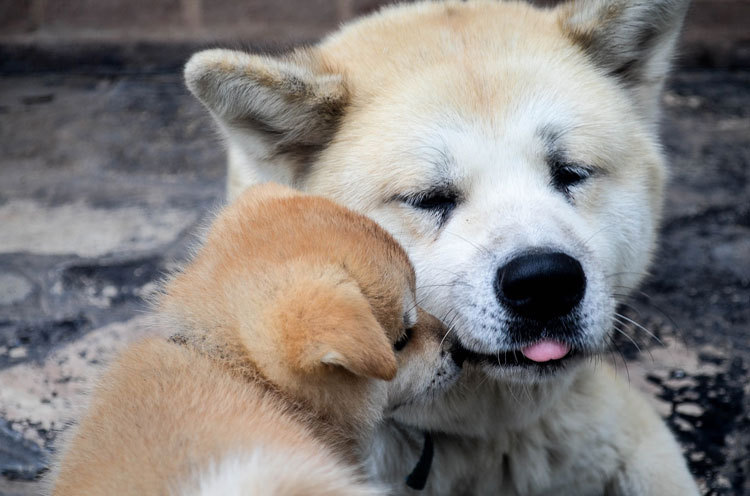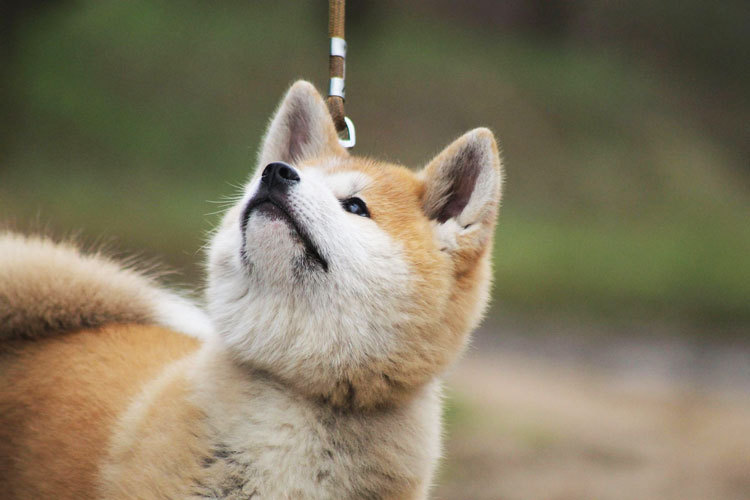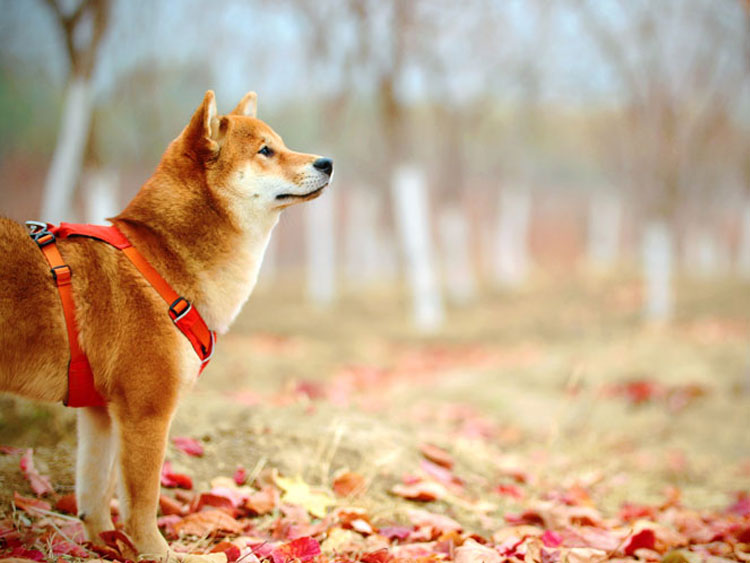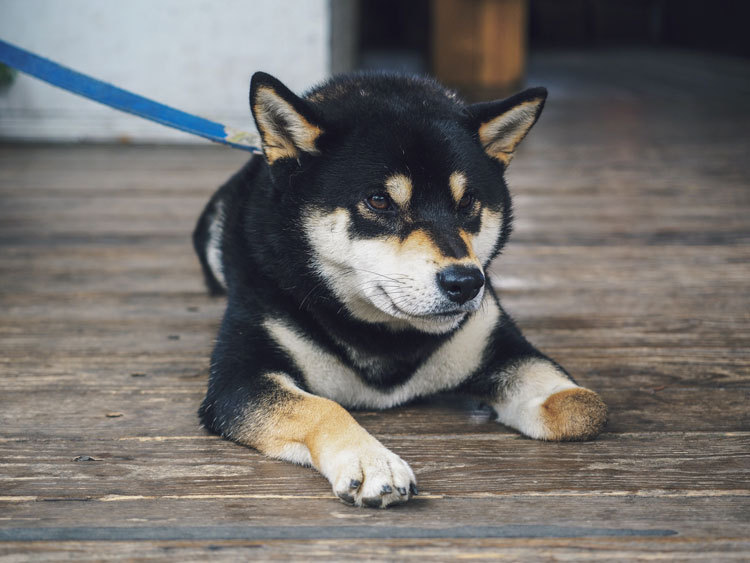Ahh, don’t we all love Shiba Inus – renowned for its handsome, fox-like looks, the Shiba Inu (柴犬) has shot up in fame in recent years, becoming one of the most popular dog breeds in Asia and increasingly so worldwide. The Shiba Inu gained traction when a San Francisco live-streamed puppy cam became viral in 2008, attracting millions of views in a short space of time.
It also quickly took over the Internet in 2013, when a Shiba Inu called Kabosu blessed the world with the legendary Doge meme, in which a picture of her glancing at the camera with raised eyebrows, is often stylised with colourful Comic Sans font with an internal monologue.
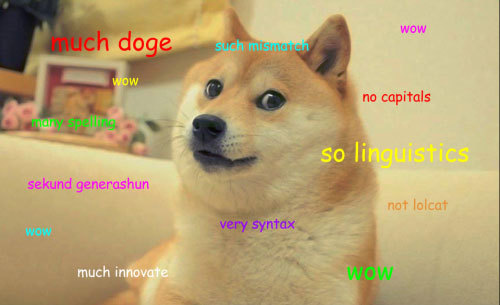
With the rocketing popularity of Shiba Inus as pets and Shiba Inu merchandise across the world, we thought we’d explore what makes this breed so popular, what it means to have a Shiba as a pet, and also introduce their larger cousins, the Akita Inu (秋田犬), another of Japan’s native breeds.
About the Shiba
Originally bred for hunting, the Shiba Inu is a small- to medium-sized dog. As an intelligent dog that needs little grooming, tolerates cold weather and being alone, and adapts well to living in apartments, the Shiba has become a very popular dog in Asia. In Japan, the Shiba is often described using three words: kan’i (悍威, meaning spirited boldness), ryōsei (良性, meaning good-naturedness), and soboku (素朴, meaning artlessness). Although the most common Shiba Inu colour is red, the breed also comes in black and tan, cream, and sesame.
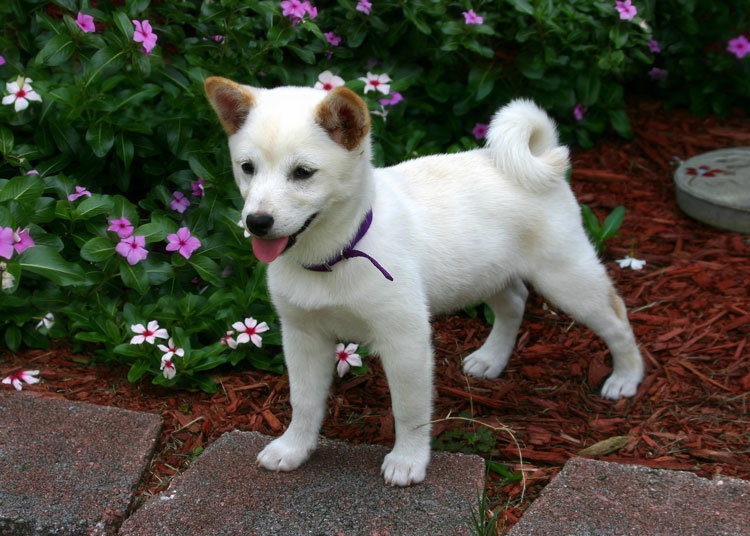

Shiba Inu Temperament
Shiba Inus have a larger-than-life personality – they are charming, dignified, and not afraid to use their good looks to their advantage. Prospective owners often have a lot of questions about rearing or owning a Shiba, which we will try to answer:
Are Shiba Inus smart?
Shiba Inus are intelligent dogs. They can learn quickly, but training can be challenging due to their stubborn personality.
Are Shiba Inus aggressive?
The Shiba Inu has a fiery personality. They will be happy to see their family, but can be aloof at times, and may not be particularly friendly towards strangers or children. In particular, they can be dog-aggressive, especially with other dogs of the same sex. As natural hunters, they also have an innate instinct to chase small animals. The Shiba is known for its infamous scream, which can occur when they are upset. However, breeding and training is the most important factor in determining whether your Shiba is well-behaved.
Are Shiba Inus cuddly?
Many say that owning a Shiba Inu is more like having a cat around, as they are very independent and clean, with a tendency to groom themselves. Shiba Inus are not your typical cuddly dog – they can be very affectionate, but only when it suits them. Despite the challenges, it can be very rewarding to have a Shiba Inu, which makes them the number one companion dog in Japan. It is not hard to understand why – they are energetic and spirited, and the smile on a Shiba Inu’s face can surely cheer anyone up. Marutaro, a Shiba Inu account on Instagram with 2.5 million followers, shows us exactly what this means:
So where are Shiba Inus actually from? The Shiba was originally bred to hunt small game, and there is evidence dating as far back as 300 BC showing that Shiba-like canines existed then. However, the current Shiba Inus are actually only bred from three bloodlines surviving World War II, where they almost became extinct due to food shortage and post-war distemper that affected many domestic dogs. The three bloodlines were the Shinshu Shiba from Nagano Prefecture, the Mino Shiba from modern-day Gifu Prefecture, and the San’in Shiba from Tottori and Shimane Prefectures. These were carefully bred and merged into one breed to form the current-day Shiba Inu.
What about Akita Inus?
Another of Japan’s native breeds, the Akita Inu is also a spitz-type dog, sharing many personality traits with the Shiba Inu. However, they are much larger in size, with a thick double coat. The Akita stands confident and is a very muscular, dominant dog. The most interesting trait of Akitas is perhaps the fact that they are very vocal – they do not usually bark much, but will mumble and grumble, as if muttering under their breath and talking to themselves.
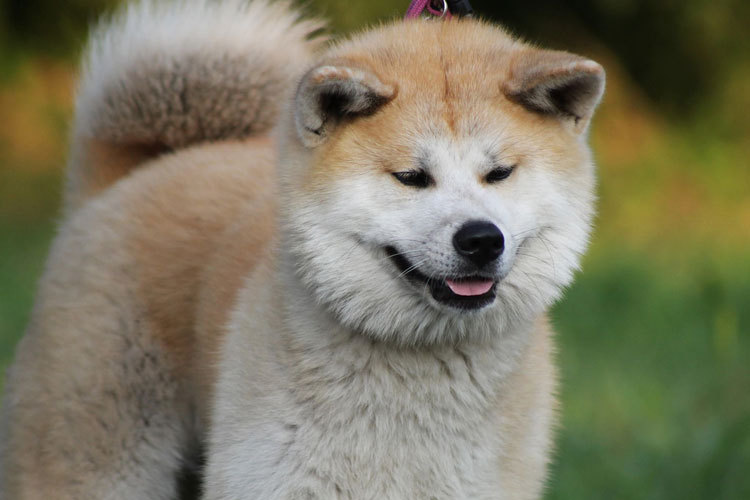
Akita Inu Temperament
As with the Shiba, we try to answer several questions about the complex temperament of the Akita Inu.
Are Akita Inus good guard dogs?
The Akita are excellent guard dogs. Due to their fierce loyalty and strong protective instincts, they will stealthily investigate anything strange that occurs around their home. Your Akita will always have your back, and will not hesitate to protect its family.
Are Akita Inus dangerous?
Because of its large size and dominating nature, the Akita can sometimes be perceived as dangerous. The Akita Inu is also very wary of strangers and other animals, and like the Shiba, can be dog-aggressive, especially towards other dogs of the same sex. The Akita makes the list of many dangerous dog breeds, but it is important to remember that training and ownership is a more influential factor determining whether a dog is dangerous. An Akita that is responsibly bred and trained, with a strong bond with its owner, will make a fiercely loyal companion. Albeit its aggressive reputation, they are also a symbol of dignity, courage, and loyalty.
Hachikō and an Akita’s Loyalty
The Akita’s loyalty is deeply rooted in history. You may be familiar with the story of Hachikō, the most famous Akita Inu of all. Hachikō was born in 1923 and owned by Professor Hidesaburō Ueno, a Japanese agricultural scientist living in Tokyo. Hachikō walked with his owner to Shibuya station for his work commute every day and would go to the station to greet him as he arrived from his four o’clock train home. One day in 1925, Ueno did not return – he had suffered from a cerebral hemorrhage at work and passed away. For the next nine years, however, Hachikō continued to wait for Ueno to return, walking to the station every day when the same train was due to arrive. His story propelled him and the Akita breed into the spotlight. To this day, a bronze statue of Hachikō stands in Shibuya station, in honour of him and his unwavering loyalty.
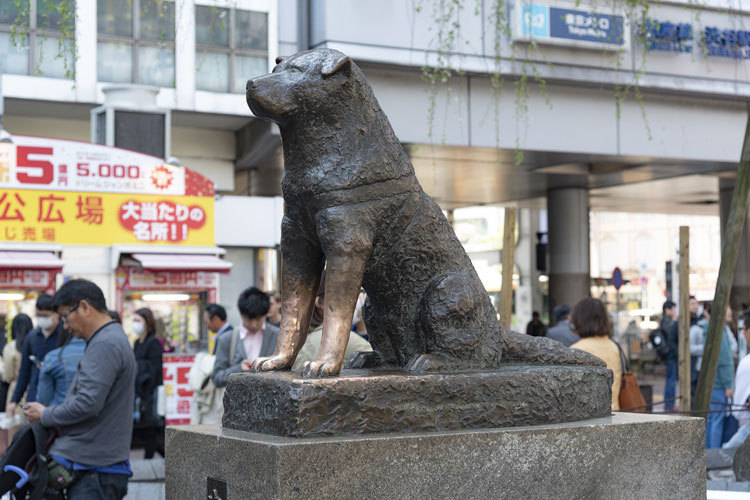
The Akita is a working dog that originated in the mountainous regions of Akita and Odate, and was originally used to hunt animals such as elk and boar. They were also companion dogs for samurai during the 16th century. It is worth noting that in many countries around the world (apart from the US), the Japanese Akita and the American Akita are considered different breeds.
This is also a subject of great debate among many Akita lovers. The Akita was first introduced into the US by Helen Keller, who received two Akitas from Japan. In the US, the Akita impressed American servicemen, who were taken by its bear-like, muscular, and heavy-boned stature. American Akitas have therefore been bred to be more robust and bear-like, with a larger range of colours, while the Japanese Akita remains fox-like, with a narrow spectrum of colours.
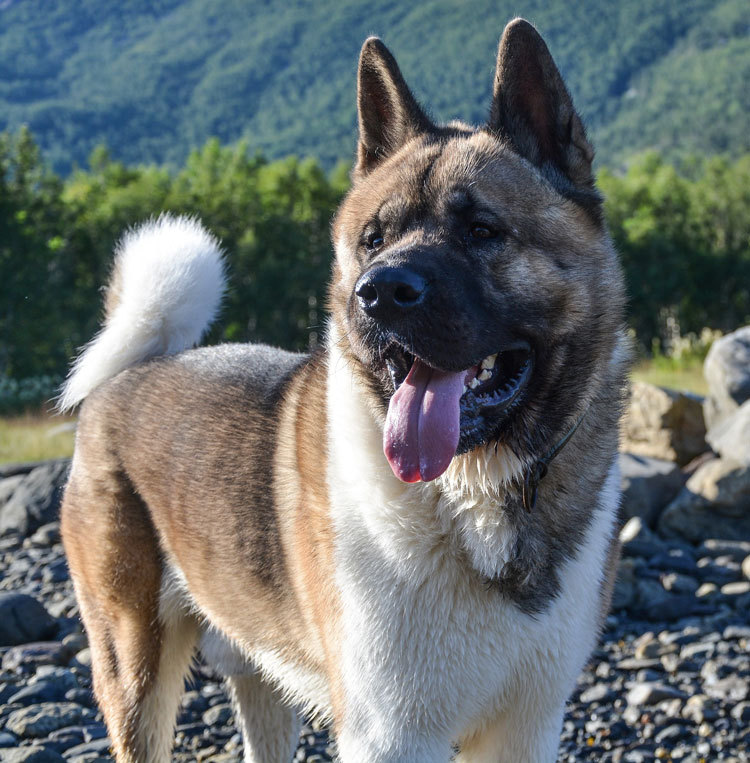
Getting Your Own Shiba or Akita Inu
In this article, we have only managed to cover two of Japan’s native breeds; many remain, such as the Kishu or the Hokkaido Inu. We have also tried to paint a realistic picture of the Shiba and Akita Inus – the handsome looks and persistent devotion to the family of both breeds are captivating, but owning them will not come without challenges. Training a Shiba Inu can become challenging and frustrating for first-time owners, and Akita Inus are not recommended for first-time owners. Because of this, even Shiba and Akita Inus can be found in adoption centres despite their novelty. Adoption should always be your first port of call, but if not, choose a reputable breeder and a well-socialised puppy, and make sure to do your research beforehand. Meanwhile, enjoy these pictures!
